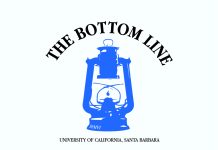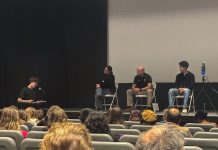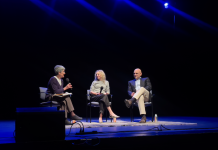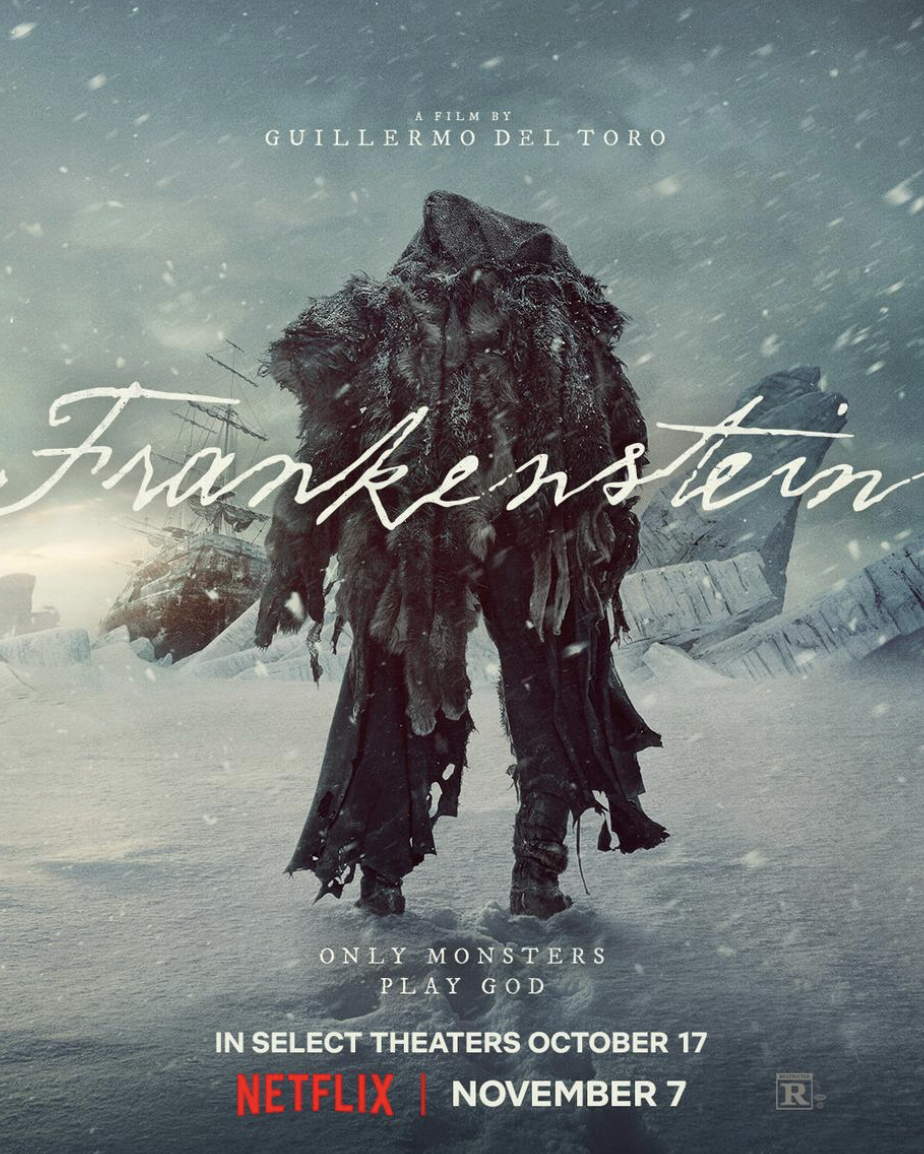Ariana Isabel Duckett
News Editor
Novelist Tommy Orange visited Campbell Hall on Jan. 27 to discuss his second novel, “Wandering Stars.”
His second novel, “Wandering Stars,” continues the multigenerational story of his first novel, “There There,” by going back in history to the Sand Creek Massacre of 1864 and the Carlisle Indian Industrial School, where Native American children were taken from their parents and taught Western values to assimilate them into Western culture. Orange was inspired to write “Wandering Stars” on a trip to Scotland. On a tour of a museum with Native American artifacts, he learned about a boarding school built in the shape of a star. On the cover of his new book, which was published Feb. 2024, is a blue background scattered with red-orange stars.
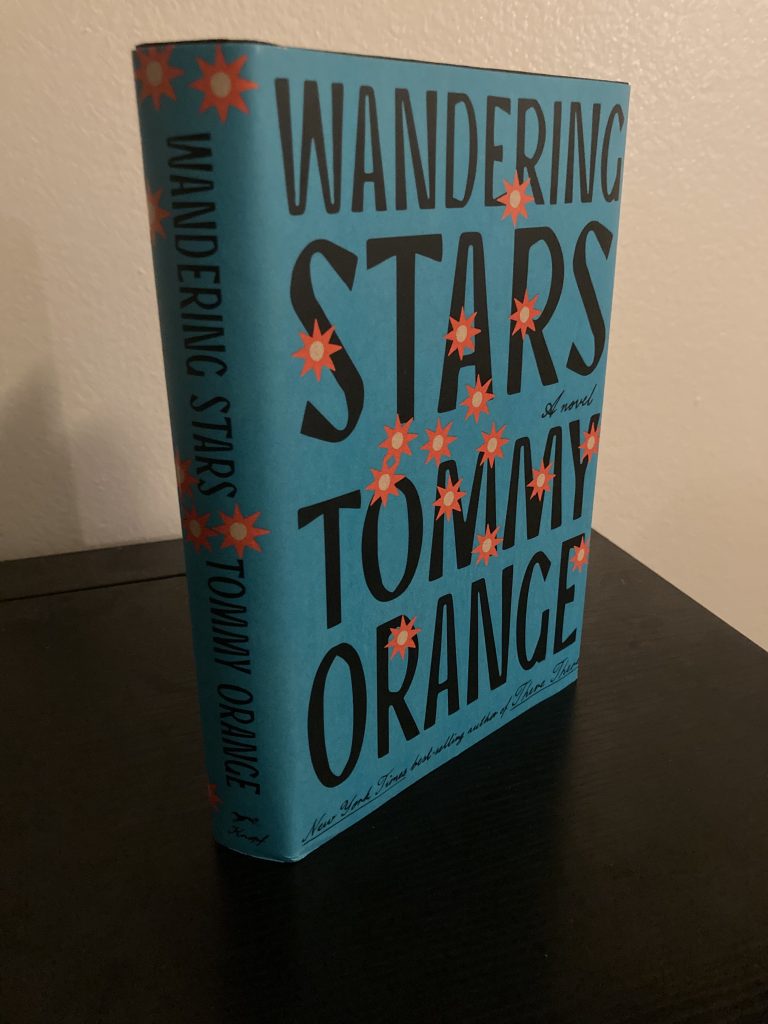
Orange was not a writer at first. Raised in Oakland, California and enrolled in the Cheyenne and Arapaho tribes, Orange rarely read as a kid. When novels were assigned in class, he skimmed through them enough for assignments and class discussions but no more. When he found out he was going to become a father, he decided he wanted to write a novel. After he began “There There,” his first novel which was a finalist for the Pulitzer Prize, he then enrolled in the MFA program of the American Indian Institute of the Arts. He was in the second cohort of the program.
Orange identifies as an Urban Indian, American Indian or Canadian First Nations person who does not live on a reservation, and found little representation of people like himself in the media. Several of the characters of “There There” are also from Oakland and some events are inspired by his experiences.
“There There” follows a dozen Native American narrators surrounding the real-life occupation of Alcatraz Island by Native Americans from 1969 to 1971. The title is inspired by a quote from Gertrude Stein, “There is no there there,” as well as a Radiohead song lyric.
During the development of “There There,” although he was not a published author yet, Orange presented an excerpt of his work on a panel of Native American writers. Several audience members cried. Orange attributed the completion of “There There,” which occurred six years later, to the audience’s emotional reaction in his panel reading.
The chapter from that reading, titled “Urbanity,” remained in the story, and he read it aloud in Campbell Hall, highlighting the identity of Urban Indians as well as calling for their recognition: “Urban Indians were the generation born in the city. We’ve been moving for a long time, but the land moves with you like memory … We know the sound of the freeway better than we do rivers, the howl of distant trains better than wolf howls, we know the smell of gas and freshly wet concrete and burned rubber better than we do the smell of cedar or sage or even fry bread — which isn’t traditional, like reservations aren’t traditional, but nothing is original, everything comes from something that came before, which was once nothing. Everything is new and doomed … Being Indian has never been about returning to the land. The land is everywhere or nowhere.”
“There There” took six years to complete, and he already started writing “Wandering Stars” before his first novel was finished.
Toward the end of the evening, Orange gave advice for writers in relation to his own craft. He defined writer’s block as letting “destructiveness and doubt” win, emphasizing destructiveness as a counterpoint of creativity in the writing process. He also added how “communicability [is] more important than vision” when writing and recalled using Craigslist writing groups to get feedback on his writing and story ideas.
Fans can look forward to Orange’s future works, a screenplay and a third novel. Neither will have any of the same characters from his two other works. “Six years is a long time,” Orange said.
